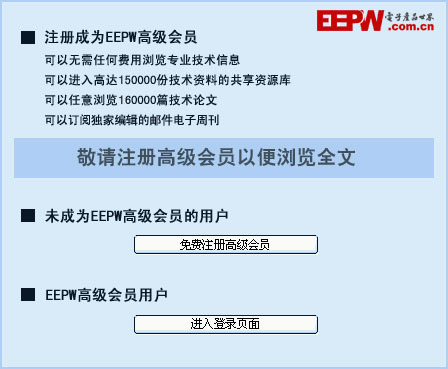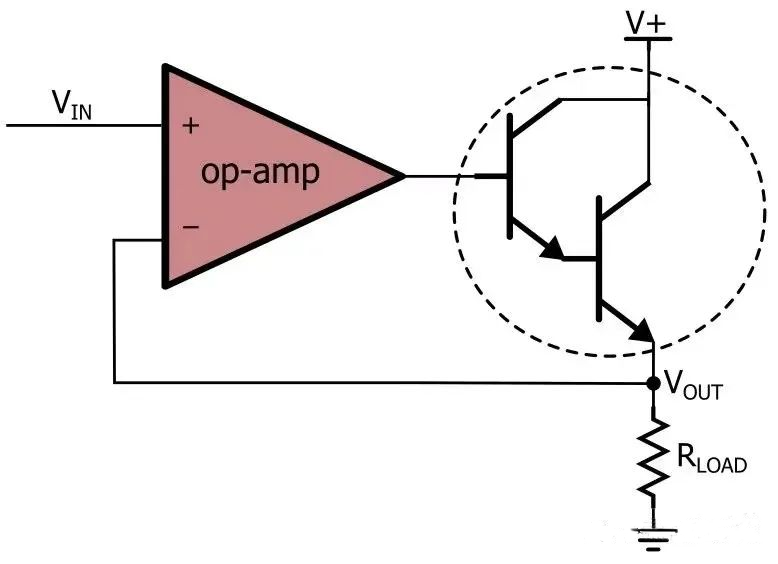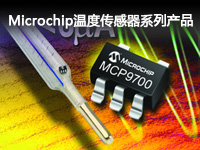選擇合適的系列電壓基準(zhǔn)源的絕對精度電壓輸出
Output Voltage
DAC Output
Power Supply
4.5V min
5.5V max
4.95V min
+12V available
4.75V min
5.25V max
2.7V min
3.6V max
Temperature Range
Signal BW
DAC Calibration
Maximum Error Target
Step 1: Voltage Ranges and Reference-Voltage Determination
The first consideration when selecting a voltage reference for a DAC application is to evaluate the supply-voltage and the DAC output-voltage ranges (Table 2). To simplify the design examples described above, DACs have already been chosen, so their output gain is not a variable we will trade off as in a real design.Table 2. Voltage-Related Parameters for DAC Design Examples
| Main Design Objectives | ||||
| Example Application | 相關(guān)推薦技術(shù)專區(qū)
|











評論